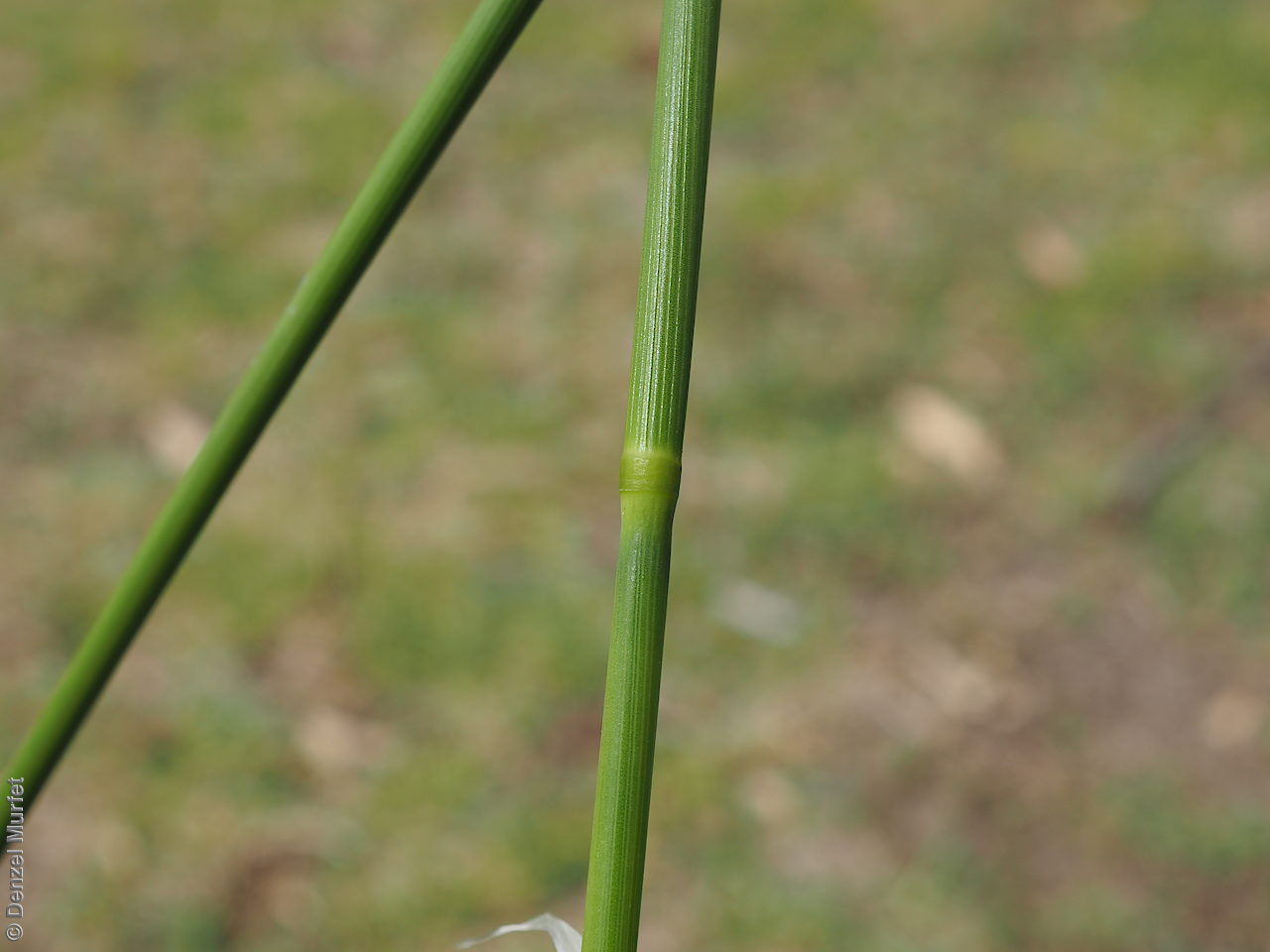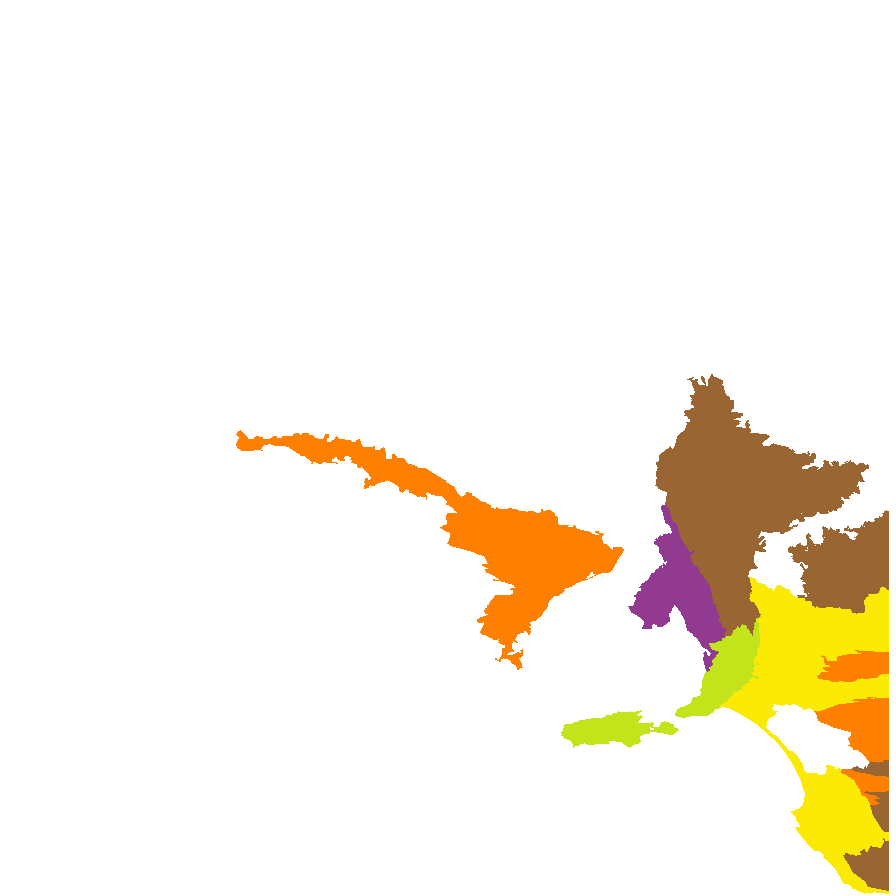
























Botanical art
Prior names
Danthonia nervosa
Avena nervosa
Amphibromus morrisii
Etymology
Amphibromus from the Greek 'amphi' meaning double and 'bromus' a grass genus, referring to the spikelets resembling those of the genus Bromus. Nervosus from the Greek 'nervus' meaning nerve and 'osa' meaning abundance, referring to the conspicuous nerves in lemmas.
Distribution and status
Found in the southern parts of South Australia, growing in permanently or seasonally wet sites. Also found in Western Australia, New South Wales and Victoria. Native. Common in South Australia. Common in the other States.
Herbarium regions: Flinders Ranges, Eastern, Eyre Peninsula, Murray, Yorke Peninsula, Southern Lofty, Kangaroo Island, South Eastern, Green Adelaide
NRM regions: Adelaide and Mount Lofty Ranges, Eyre Peninsula, Kangaroo Island, Northern and Yorke, South Australian Arid Lands, South Australian Murray-Darling Basin, South East
AVH map: SA distribution map (external link)
Plant description
Erect perennial grass to 1.25 m tall, (occasionally rooting at the nodes.) Leaf blades to 30 cm long and 3.5 mm wide, glabrous to scabrous. Panicle erect, contracted, incompletely exserted, to 40 cm long. Spikelets to 16 mm long, with 4-6 bisexual florets. Glumes unequal to subequal, glabrous, acute. Flowering between October and January. Fruits are lemma scabrous, 5-7.2 mm long. Apex 2-toothed, usually with 2 smaller lateral teeth/notches, sometimes 4-toothed; inner teeth 0.3-0.7 mm long. Awn arising 40-55% of the lemma length from the tip, bent, twisted, scabrous; 12-22 mm long, pale, rarely a dark purple-brown. Seeds are yellow-brown grain to 3mm long. Seed embryo type is lateral.
Seed collection and propagation
Collect seeds between November and February. Use hands to gently strip seeds off the mature seed spike that are turning straw colour. Mature seeds will come off easily. Alternatively, you can break off the whole seed spike. Place the seeds/spike in a tray and leave to dry for two weeks. No further cleaning is required if only seed collected. If seed spikes collected, use hand to strip off the mature seeds. Store the seeds with a desiccant such as dried silica beads or dry rice, in an air tight container in a cool and dry place. Seed viability can be low to high depending on when maturity. Seeds are non-dormant, viable seed should germinate readily.
| Location | No. of seeds (weight grams) | Number of plants | Date collected | Collection number Collection location | Date stored | % Viability | Storage temperature |
|---|---|---|---|---|---|---|---|
| BGA MSB | 1,200 (1.54 g) 1,200 (1.54 g) | 30+ | 19-Jan-2005 | DJD97 South Eastern | 28-Mar-2006 | 25% | -18°C |
| BGA MSB | 2,900 (7.65 g) 2,900 (7.65 g) | 60 | 1-Dec-2005 | DJD268 South Eastern | 9-Aug-2006 | 35% | -18°C |
| MSB | 4,200 (4.18 g) | 50+ | 4-Dec-2006 | TST120 South Eastern | |||
| MSB | 5,370 (11.29 g) | 100 | 23-Nov-2007 | RJB76143 South Eastern | 30% | ||
| BGA | 5,100 (7.510 g) | 14-Dec-2022 | Jason van Weenen Southern Lofty | 20-Jun-2023 | 70% | -18°C |
Number of plants: This is the number of plants from which the seeds were collected.
Collection location: The Herbarium of South Australia's region name.
% Viability: Percentage of filled healthy seeds determined by a cut test or x-ray.